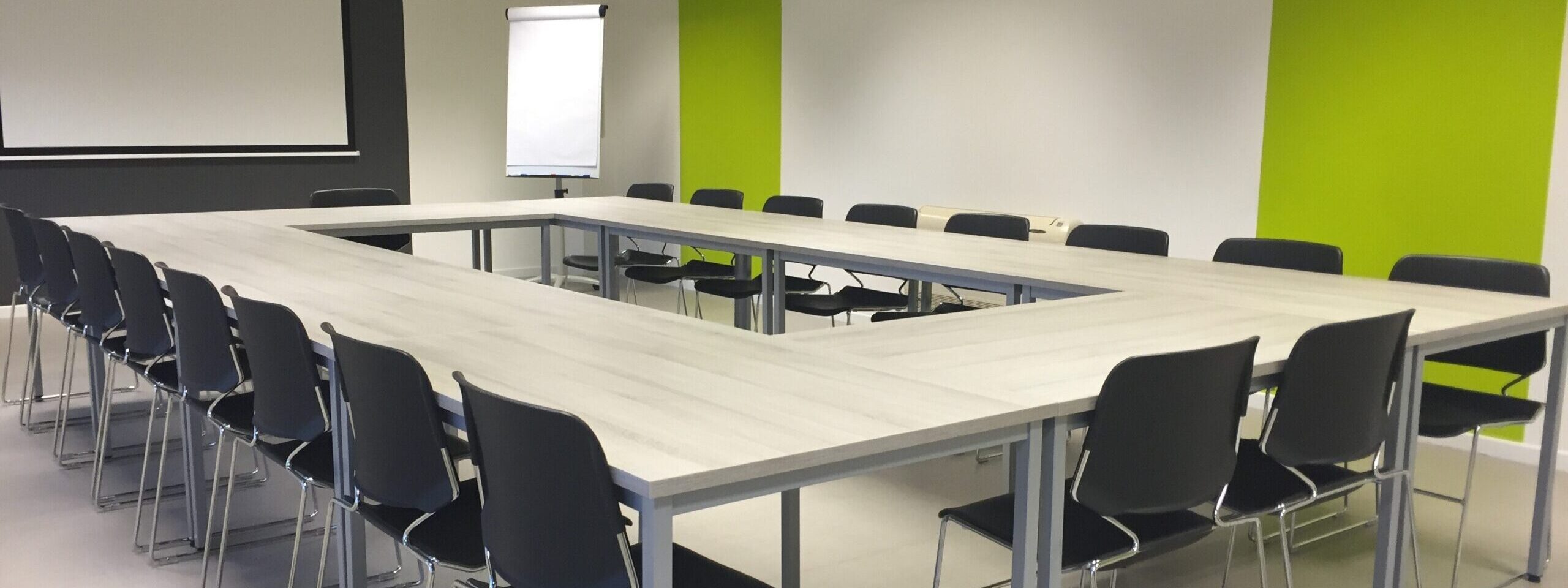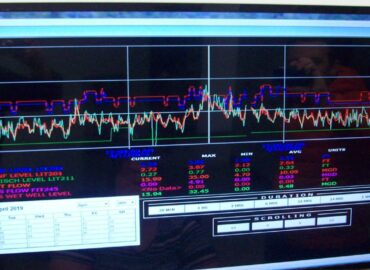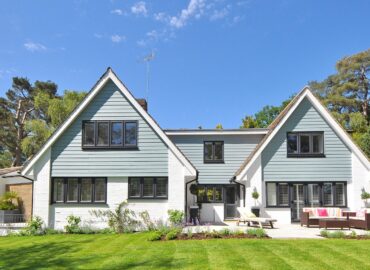Our understanding of how the coronavirus spreads is evolving at a rapid rate. What does this mean for HVAC systems and operations, especially as buildings contemplate opening up again? SEDAC has been reviewing recommendations about what should be done to reduce spread of COVID-19 through HVAC systems and building operations. Last month, SEDAC summarized many of these recommendations. This month, we expand on those recommendations and briefly discuss the energy implications of these strategies.
Disclaimer: The recommendations below primarily apply to buildings with air handling equipment with exterior air intakes and exhausts, not other types of commercial buildings. In most instances, there is not a one-size-fits-all solution; individualized assessments and expert advice are recommended. Fill out this form to indicate your interest in individualized assessments and expert advice regarding COVID-19, HVAC systems, and energy impact.
Recommendation 1: Increase outdoor air intake
Studies recommend that increasing the amount of outside air can help dilute airborne droplets and aerosols containing COVID-19 within a space. In systems with modulating outside air capabilities, or where manual adjustment is possible, increasing outside air rates is recommended. Outdoor air dilutes and replaces potentially contaminated indoor air.
For HVAC design purposes, minimum outside air quantities are determined using ASHRAE Standard 62.1. Frequently, these minimums are reduced for unoccupied periods or by control systems based on occupancy, such as with demand control ventilation (DCV) systems.
How does one determine how much fresh air is enough? Too much fresh air could overburden chillers and boilers while increasing energy costs unnecessarily. With too little fresh air, contaminants may build up within a space.
According to Ty Newell, Professor Emeritus of Mechanical Engineering at University of Illinois, CO2 levels can be used as a proxy to monitor interior air quality. CO2 levels should be kept around 800 parts per million (PPM). Normal requirements are between 1100 and 1200 PPM. If you have a BAS system, this may be a simple on-screen reset task. If the building does not have CO2 sensors, they can be added and interfaced with the HVAC control system, or be a standalone monitor. Monitoring and experimentation will be required with standalone equipment. See this webinar for more information.
Economizers
Instead of using mechanical refrigeration to cool air, economizers use outdoor air when outdoor air temperature and humidity permit. These systems increase ventilation while also saving energy. For existing economizers, SEDAC recommends checking economizer controls and verifying proper operation. Using the economizer settings can be a great way to automatically determine how much outside air can be conditioned without overloading the heating/cooling capacity. Consider resetting setpoints on the economizer to increase the temperature and humidity range that is acceptable. For buildings without economizers, consider adding them to existing equipment.
Energy Recovery Systems
Energy recovery systems scavenge energy from exhaust airstream and transfer it to incoming fresh air to reduce energy consumption and costs. Some energy recovery devices such as energy wheels should not be used due to the potential for cross-contamination of airstreams. Other energy recovery systems, however, do not pose this hazard. Building operators should consider installing these systems to mitigate the added energy consumption and costs associated with increased ventilation and exhaust air. They could also help systems that are already working at full capacity under normal operating conditions maintain comfort conditioning at an increased ventilation rate. Fortunately these systems will continue to save energy and costs once life returns to normal.
Should you increase air flow?
While aerosolized COVID-19 particles could theoretically be drawn into the HVAC system and be distributed to other spaces, of much greater concern are airflows within a space. According to the CDC, an infected person positioned at the head of an airstream can spread the virus through intra-space airflows (air turbulence and flow suspension). Because of this, recommendations are to minimize total air flow while increasing outdoor air and still providing adequate comfort conditioning. Turbulent airflow should be avoided as it can re-suspend particles that have settled on surfaces or keep them suspended for longer periods of time, increasing exposure risk.
Recommendation 2: Upgrade Air Filtration
According to ASHRAE, filtration provided by HVAC systems can reduce the airborne concentration of the virus and thus the risk of transmission through the air. If allowable, upgrade air filters to MERV 16. Some mechanical systems will not allow this due to the pressure drop across the filter and as a consequence reduce air flow below acceptable limits to maintain CO2 levels at 800 PPM. This will require calculating how much air will pass through different filter ratings based on the power of the fan motor. Higher MERV ratings equate to higher energy costs due to the increased resistance to airflow through the filter. See the table on the right from Energy Vanguard regarding MERV ratings and % of particles trapped.
Can contaminated air pass from space to space within a building?
Unequal pressurization of spaces can lead air and the contaminants it contains to be driven from one space to another. Making sure air supply and returns to individual spaces are balanced and that ventilation air and exhaust quantities are balanced is important. These are common retro commissioning tasks and may improve comfort.
In addition to increasing central air filtration, localized air cleaners in individual spaces may also be considered.
Recommendation 3: UVGI
For decades Ultra Violet Germicidal Irradiation (UVGI) has been a common method used to neutralize pathogens in hospitals and other critical care settings. It is also common in wastewater treatment plants as a final treatment process to kill pathogens before releasing water back into the environment. There are different types of systems that address air, water or surface contamination.
UVGI is also frequently referred to as UVC with the C standing for a particular portion of the ultraviolet spectrum of 200-280 nanometers. It is the most effective portion of the ultraviolet spectrum for killing pathogens.
UVGI can be retrofitted into existing air-supply systems and/or be installed in individual rooms. If installed inside the supply air ductwork, and for UVC to be effective in destroying biological contaminants in the moving air-stream, there has to be a specified dose of UVC power delivered to the contaminant for an effective kill to take place. Strength and density of irradiation needs to be engineered along with considerations of lamp output at various temperature and air speeds across the lamp. These are not simple add-ons to a mechanical system. See the following schematic diagram from E-CO of UVC in a mechanical system.
Upper room UVGI in individual rooms is a common sight in hospitals. These units are positioned above head height and direct UVC horizontally to create a disinfection zone and rely on natural or forced air movements to bring contaminated air into the irradiated zone. Again, these systems need to be engineered to ensure that they will be effective.
Portable UVGI units are also available. These can be used within an unoccupied space to decontaminate surfaces. There are also hand-held UVGI units for surface sterilization. Studies have shown UVGI to be far more effective than manual surface cleaning.
A very informative ASHRAE presentation on UVGI can be viewed here.
Additional Recommendations
The following additional recommendations will be covered in greater detail next month.
- Humidity control. Virus transmission is increased in dry air. A humidity range of 40-60% minimizes the risk of infection. Controlling humidity can be used to your advantage.
- Ensure proper operation of equipment. Because increased filtration and ventilation place greater demand on HVAC equipment, proper operations and maintenance is critical. Tune-ups or retrocommissioning are recommended.
- Operational hours. Some studies suggest running equipment 24/7; others recommend extending operations two hours before and after occupancy to flush potential contaminants.






